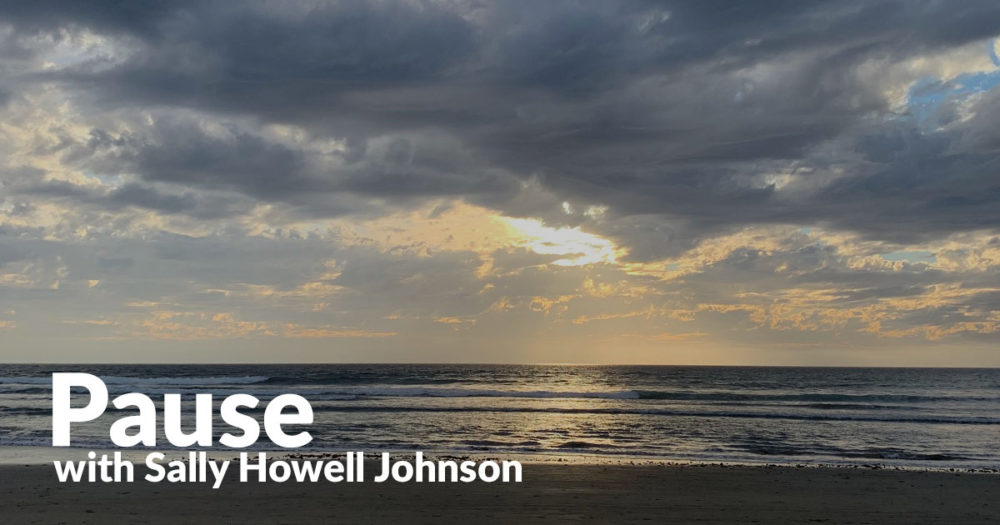We awoke to a beautiful, sunny, crisp day in Kelso and boarded our motor coach to Edinburgh which will be our base for two days before heading off to the Island of Iona. Driving through the rolling countryside we saw, once again, the stone fences that create boundaries between farms, helping the sheep and cattle to know where home is. We learned that these fences have no mortar that holds them together. The fence builders simply search for the stones that ‘fit’ well together. They rely on the grooves and curves, the sharp edges and points to create a perfect foundation for one another. It is the same with community, isn’t it? We take the soft and rounded edges of our very selves, the humility of our gifts and build them together with our harder, sharper edges and before you know it, everything fits together in ways that work.
Riding along in our motor coach( we have been told this is not a bus!) we had morning prayer: “At the beginning of this day we seek your blessing. At the rising of the sun we seek your glory. Open our eyes to your presence, O God, that we may glimpse you at the heart of each moment.” Our voices joined as the motor coach rose up and down the road which was sandwiched between lush green fields. Off in the distance we witnessed a gleaming wind farm, white turbines spinning the invisible into energy. Spirit work.
We arrived at Edinburgh Castle and began to make the steps millions have traveled before. Over the cobblestones, our feet made their way past the cannons that once protected the city against invaders toward the exhibits of the Crown Jewels, the Stone of Destiny and into St. Margaret’s Chapel. We took in the prisoner of war museum making our way through dungeon-like tunnels that smelled musty, squinting our eyes against the dim light to see beds and hammocks piled on top of one another, their only
padding the straw that lay beneath feather tick, thin mattresses. It was a dismal sight as we thought of how people have the ability to treat one another. But all these experiences painted a picture of the history of the humans who have called this place home.
From the Castle we made our way to St. Gile’s Church, a lovely little cathedral that sits just down the road on what is known as the Royal Mile. St. Gile’s is filled with amazing stained glass windows, one that is dedicated to Scotland’s most famous poet, Robert Burns. This church has seen many iterations of worshiping life and seems to be undergoing yet another. The entrance created hundreds of years ago now opens into a blue, glass automatic sliding door that gives the feeling of walking through clouds. Once inside, the stained glass dominates the traditional space. A large statue of John Knox, possibly the most important Scottish theologian and founder of the Presbyterian Church, stands in prominence. But looking around amidst the sanctuary I became aware that the choir stalls had been moved to ring the altar table which now sits prominently in the center of the space. Lovely oak chairs with woven cane seats, a carved Scottish flag on the chair back, have replaced the majority of the pews. The pews that are left have been stained a light green and a brand new organ has been installed on one of the side walls. The organ is stained a deep red. All the seating creates a circular formation focused on the altar table. This configuration brings the community and the clergy into a visually equal footing round the table.
Of course, I do not know if the openness and creativity I observed in the architecture and furnishings translates to the way the community lives out its faith, but I hope so. On a poster near the entrance, there is an explanation of the changes that have been and are being made: “These stones could be clean again, and draw tomorrow’s people to seek and find a faith for celebrating good things, and find comfort in times of difficulty.” As I read these words it was clear to me that most churches are struggling to do much of the same work. Most in our group could certainly relate to their quest.
And so at the end of this day, my prayer is for all those who continue to clean the stones,move the furniture so all will feel welcome, and put food on the table at the center of who we are. For those who have continued to do these courageous and humble acts, I offer my gratitude.














